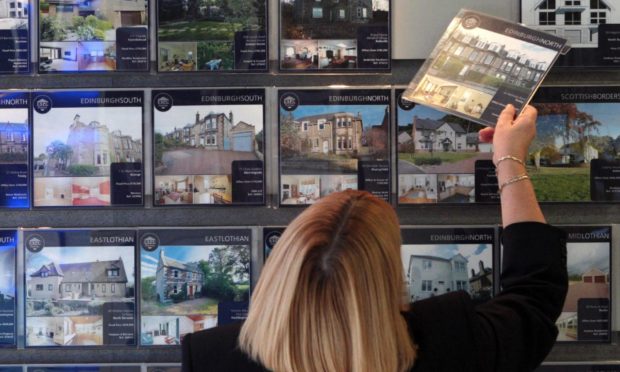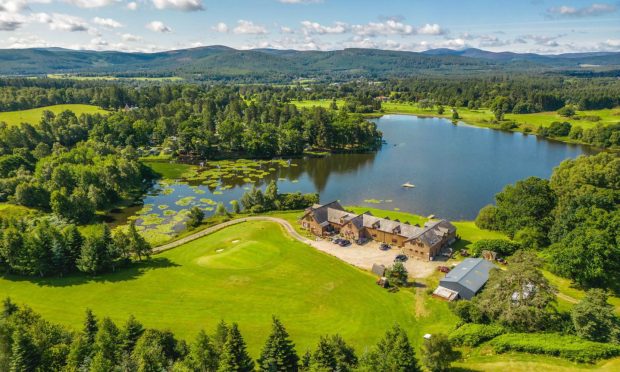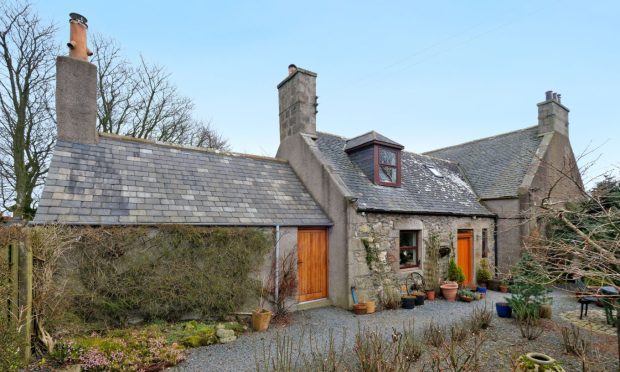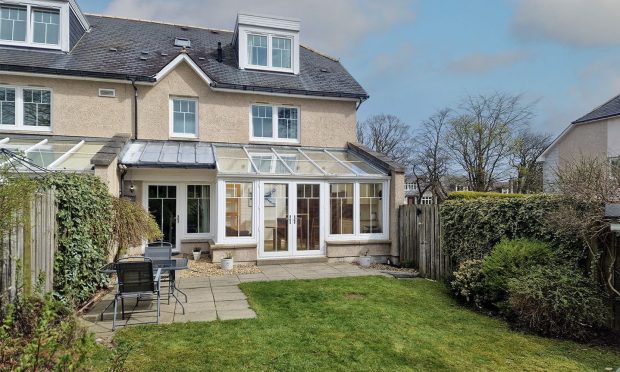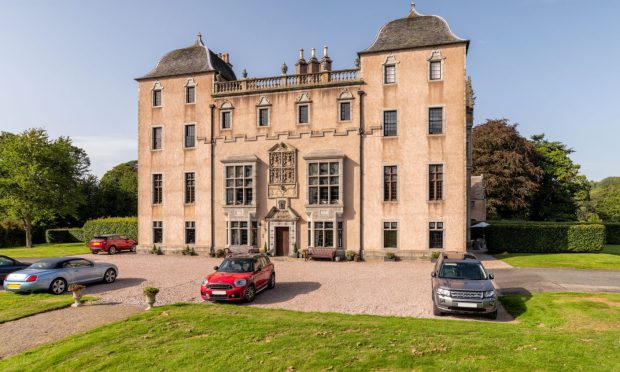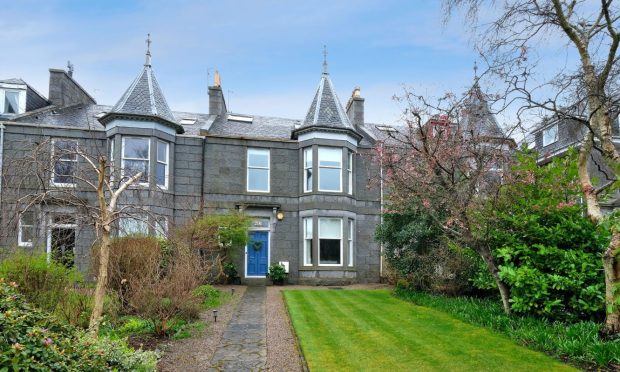The Highlands and parts of the north-east have been named among the worst for first-time buyers in Scotland.
New figures show the number of people joining the property ladder fell by around one-fifth last year, while the average deposit soared to more than £35,000.
This represented almost one-quarter of the typical property price, and was higher than every other part of the UK aside from Greater London.
Additionally, Bank Of Scotland has named homes in the Highlands and Aberdeenshire among the least affordable for first-time buyers.
Properties in these regions typically sell for 4.5 and 4.4 times the average salary, respectively.
At the other end of the scale, the bank said East Ayrshire was most affordable with a price to earnings ratio of 3.2.
Elsewhere Aberdeen logged a 4.2, with the ratio in Moray recorded at 4.1.
During the first months of 2020, the housing market “largely ground to a halt”, with the number of first-time buyers dropping 21% year-on-year.
But Bank Of Scotland said these transactions “bounced back strongly” in later months.
And, overall, the number of first-time buyers as a proportion of all homes bought with a mortgage remained stable – having levelled at 50% in each of the last four years.
Activity bounced back sharply
Graham Blair, mortgages director at Bank Of Scotland, said: “It’s no great surprise that the overall number of first-time buyers fell last year, as the property market effectively ground to a halt during the first national lockdown.
“However, the underlying strength of the market was made clear in the second half of 2020, as activity bounced back sharply as the country opened up again.”
Bank Of Scotland found the average deposit paid by a Scottish first-time buyer in 2020 was £35,745.
This marked a steep 19% increase from the £30,101 seen in 2019.
Across the UK, however, the typical deposit was more than £57,000.
This was largely due to the large deposits required in London – where first-time buyers stumped up an average of £130,000 last year.
Bank Of Scotland calculated the stats by using its own internal housing data, UK finance statistics and national tables outlining average incomes.
Mr Blair added: “While Scottish first-time buyers may have been spared the steep increases in average purchase price seen elsewhere over the last 12 months, the need to raise an ever-bigger deposit is still a significant barrier to home ownership.
“First-time buyers account for half of all home purchases, and affordability in certain areas of the country is among the best in the UK.”
“With continued Land And Buildings Transaction Tax relief confirmed for those taking that first step onto the property ladder, home ownership should remain a realistic goal.”
